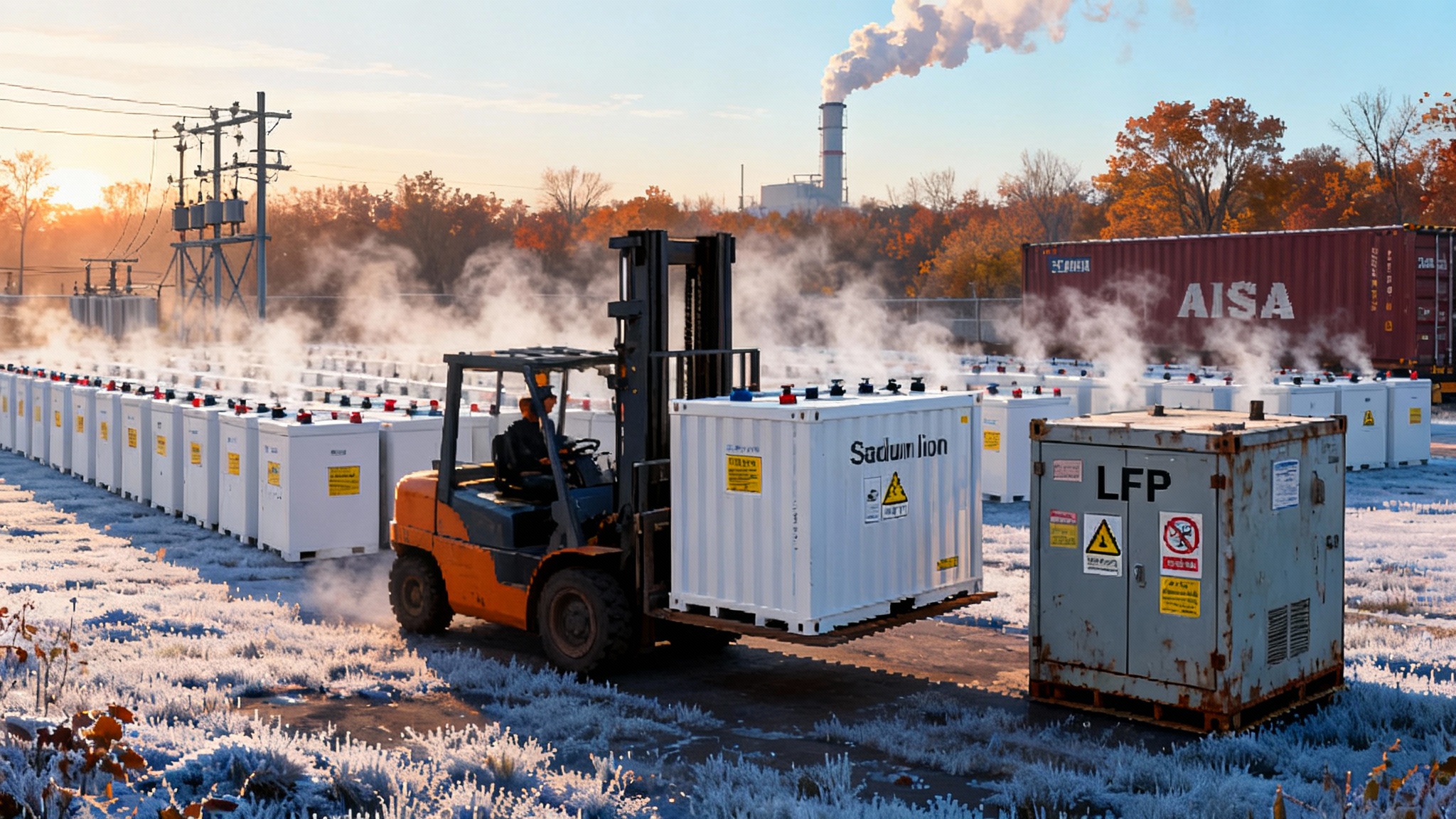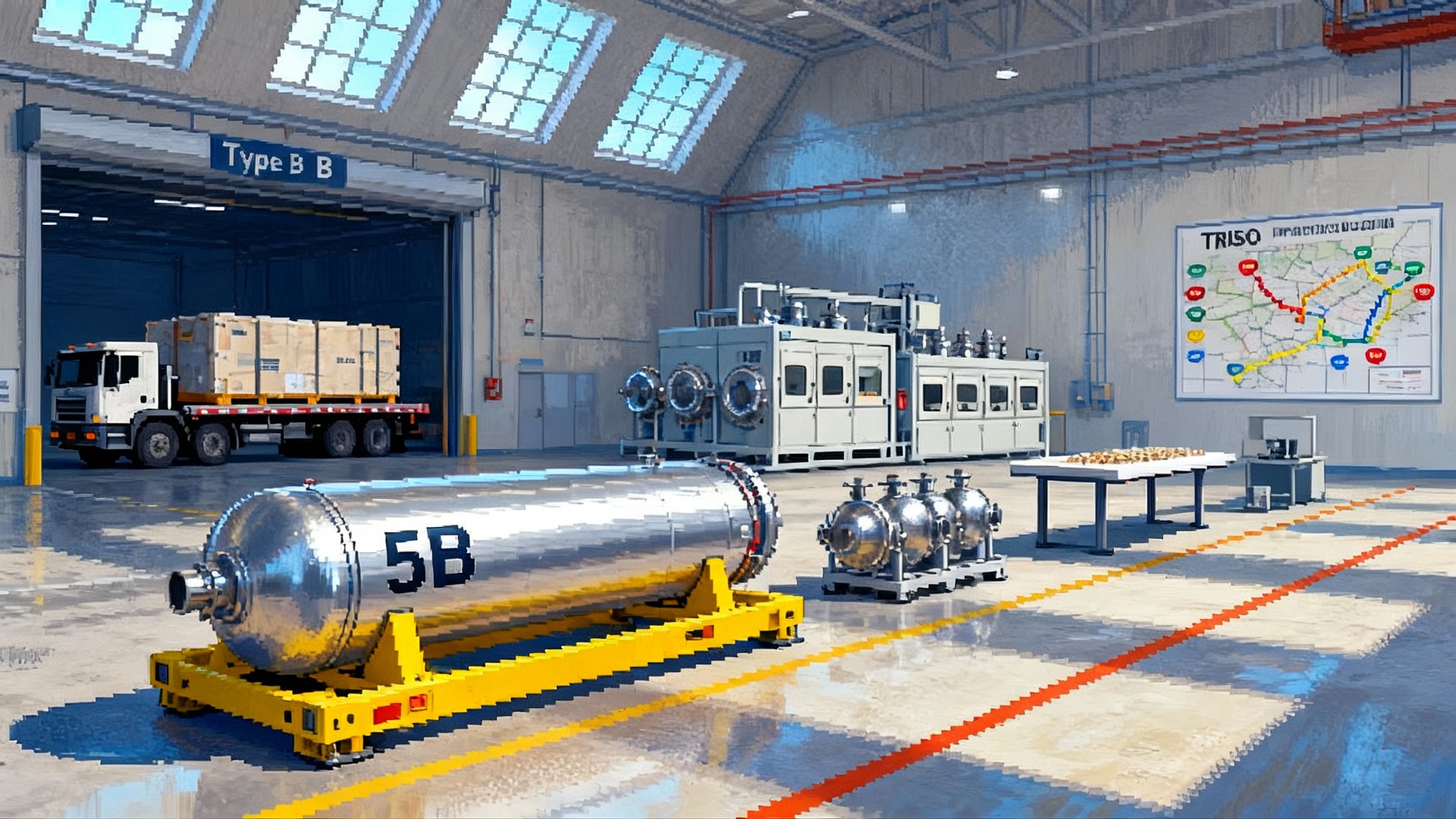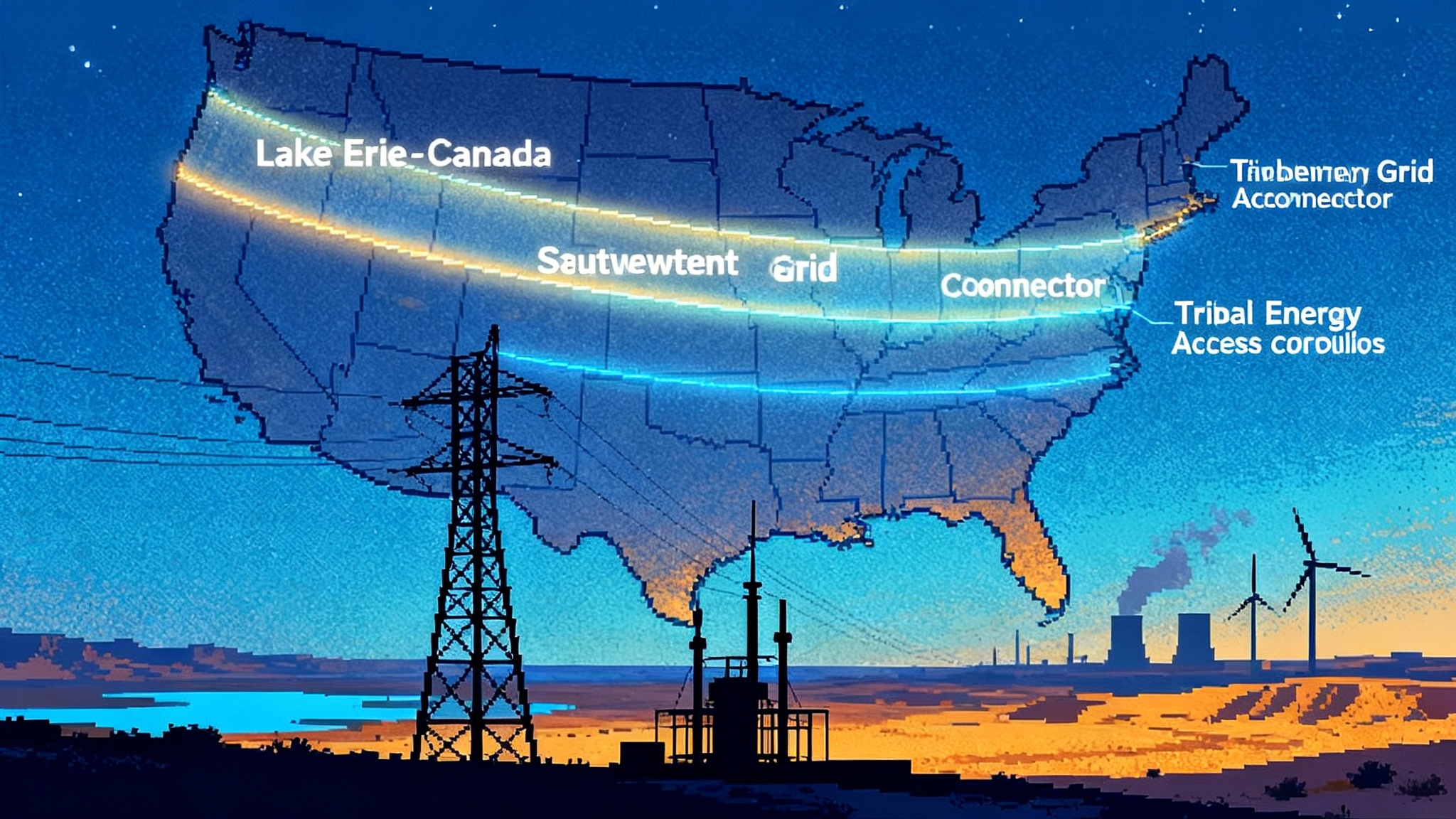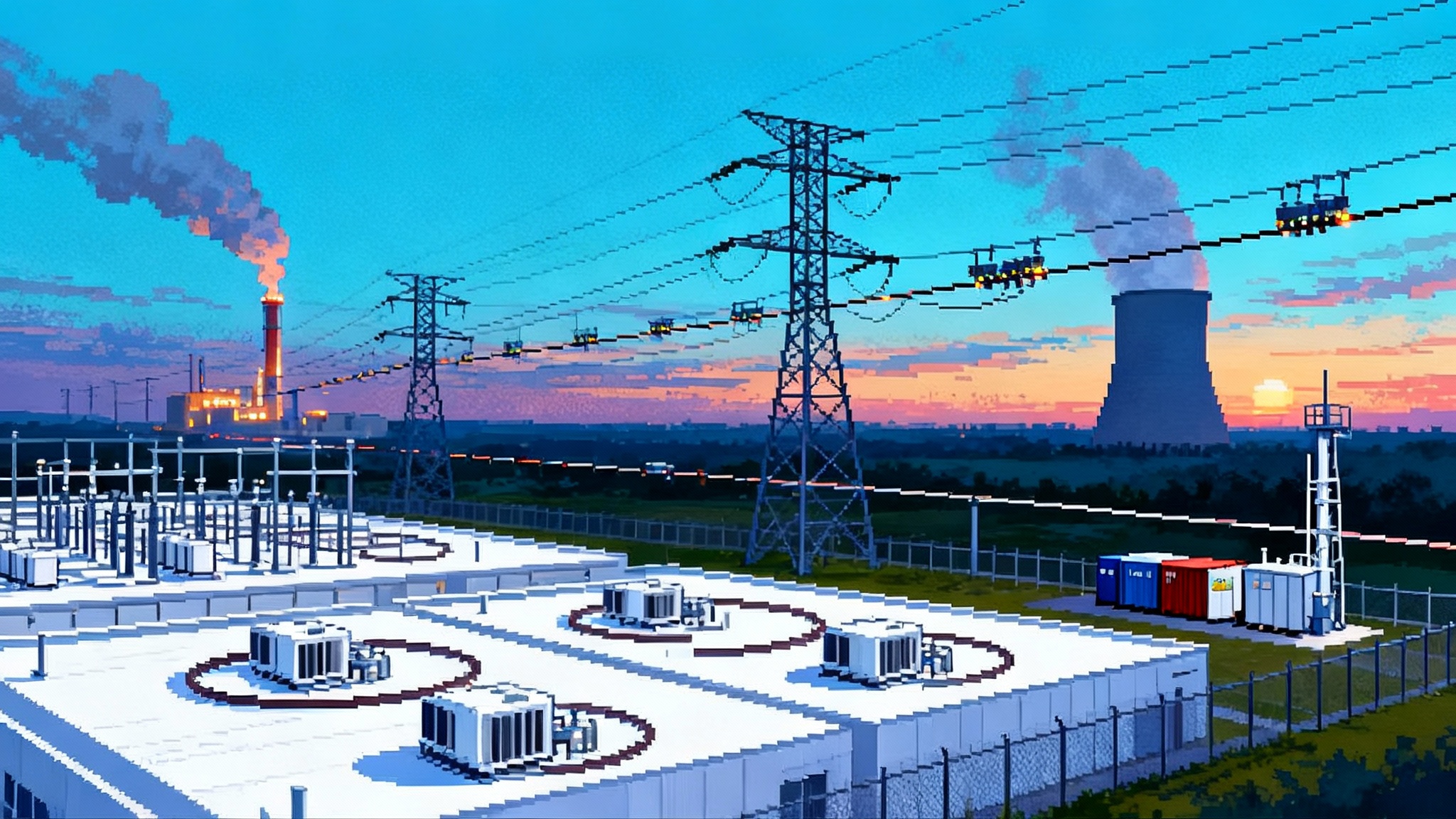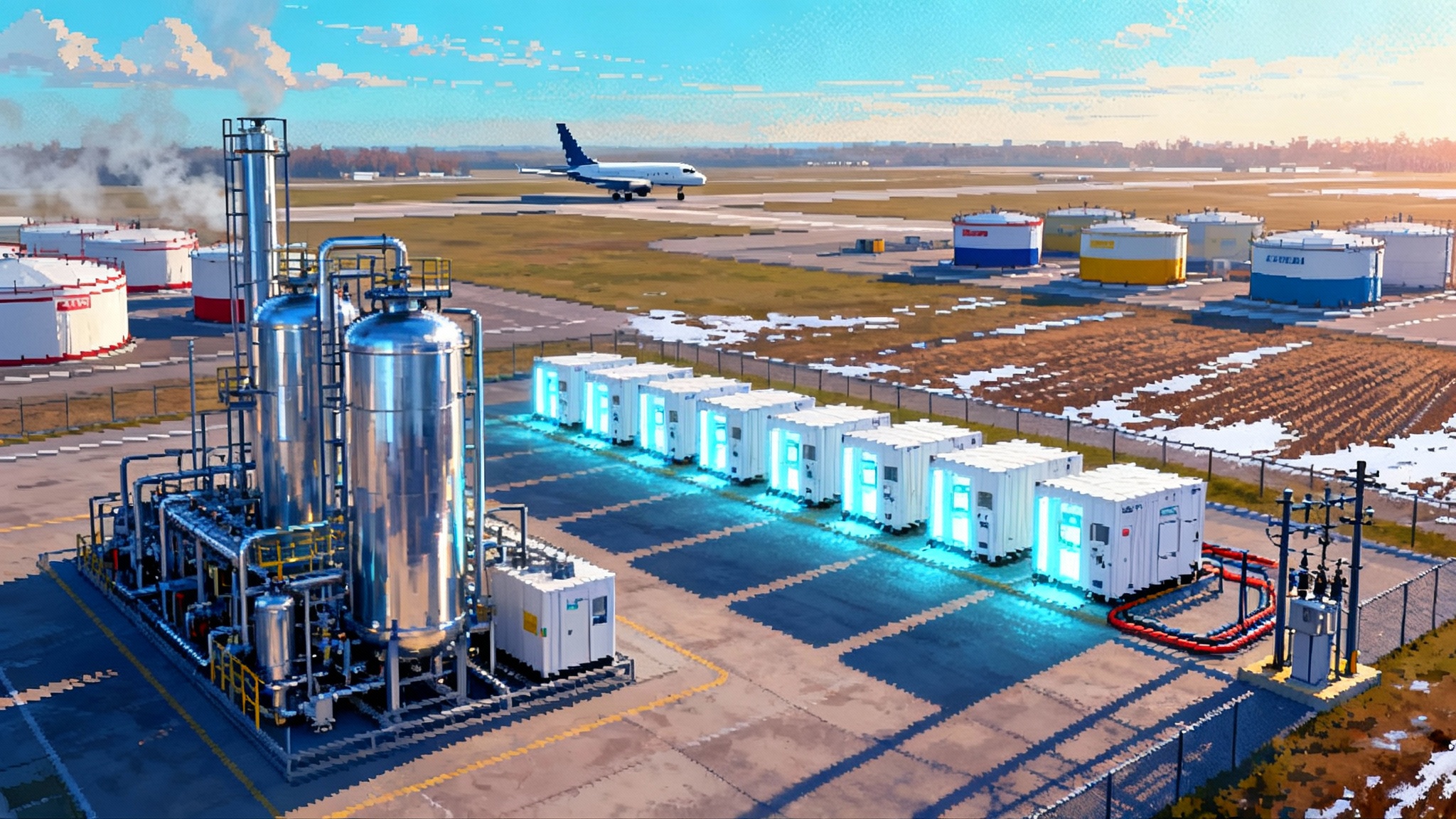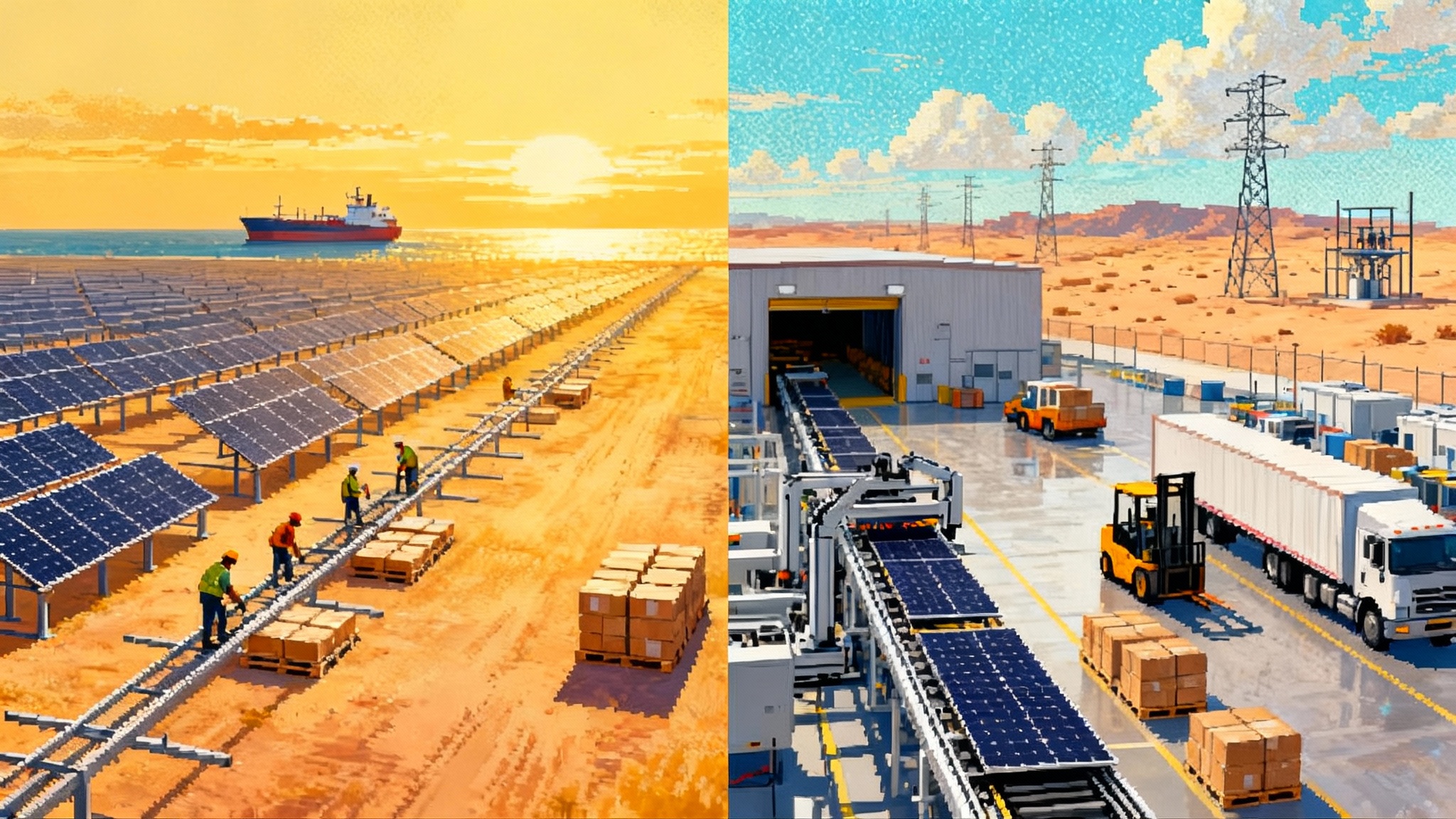EU Rules Now Set the Bar for U.S. LNG After Methane Fee Repeal
With Congress repealing the EPA methane fee and EPA moving to unwind emissions reporting, Europe’s import regime has become the practical rulebook for U.S. LNG. The clock is ticking toward 2027, 2028, and 2030, when verified measurement and methane intensity limits will decide who gets to sell into Europe.
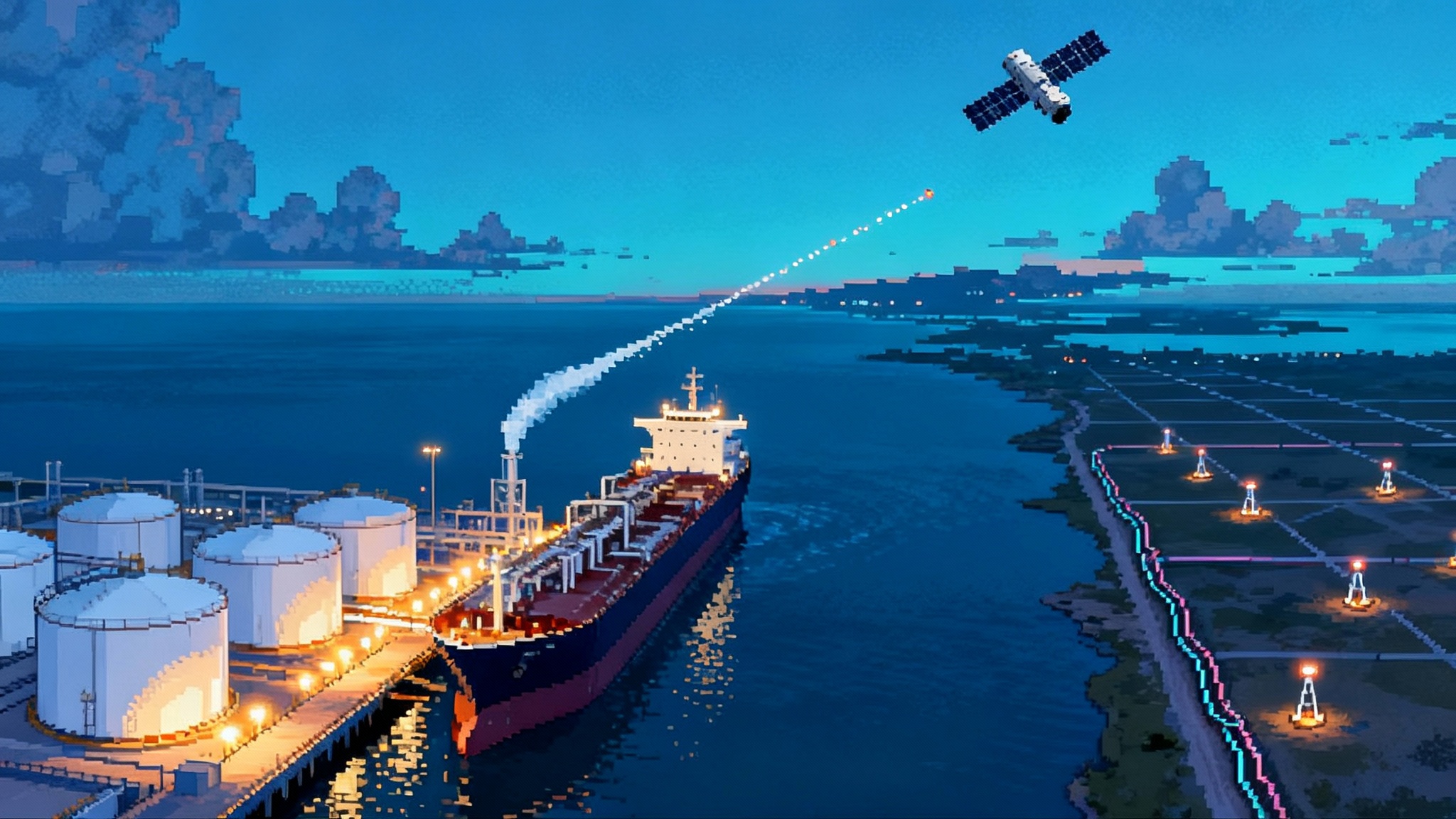
The day U.S. climate policy outsourced itself to Europe
On March 14, 2025, Congress used the Congressional Review Act to repeal the Environmental Protection Agency’s methane fee. President Trump signed H.J.Res. 35 on March 14. On September 12, 2025, the agency moved to unwind parts of the Greenhouse Gas Reporting Program. For U.S. oil and gas, these two dates will be remembered less for what they erased at home and more for what they elevated abroad. In practice, the European Union now writes the practical rulebook for U.S. liquefied natural gas.
Here is why. The European Union’s methane import regime started biting on May 5, 2025 with first disclosures by importers. It tightens in 2027 as measurement, reporting, and verification must be equivalent to European standards. It tightens again in 2028 with methane intensity reporting, and by 2030 shipments that exceed set intensity limits will be out. If a U.S. cargo wants to berth in Europe, the gas must be measured with credible methods, verified by independent parties, and steadily cleaner over time. The buyer is now writing the test, and the U.S. supply chain has to show its work.
The new center of gravity: the EU import clock
Think of the European rules as a four-step ramp that becomes the market’s metronome. For details, see the official European methane import timeline.
- May 5, 2025: importers begin disclosing the methane footprints of their cargoes.
- January 1, 2027: measurement, reporting, and verification must meet European equivalency, which means fewer estimates and more direct measurement.
- August 5, 2028: methane intensity reporting becomes standard, so buyers can compare cargoes like for like.
- August 5, 2030: cargoes face methane intensity limits, so poor performers lose market access.
When domestic rules retreat but export rules harden, the rules that matter are the ones at the border. That is why the European framework has become the de facto standard for U.S. producers and exporters. It tells you what to measure, how to prove it, and what will not sell by decade’s end.
From estimates to evidence: satellites and sensors go mainstream
For years, methane accounting relied on engineering factors and episodic surveys. Europe’s clock ends that era. To keep cargoes eligible, U.S. producers and midstream operators are racing to combine three tools:
-
Satellites that spot and quantify plumes from space. These are the wide-angle lens that catch super emitters across basins and along gathering systems. In practice, they trigger rapid response because a plume you can see is a leak you can stop.
-
Continuous monitoring at well pads, tanks, and compressor stations. These sensor networks act like smoke alarms for methane. They turn leak detection from a quarterly chore into an always-on safeguard and provide the time-stamped data Europe expects for verification.
-
Certified gas programs that tie measurement to market claims. Labels such as independent methane performance grades translate instrument readings into buyer-friendly scores. They also provide the chain-of-custody documentation that European importers will rely on when they compile disclosures and intensity reports.
The common thread is simple. Estimates will not get a cargo through a European gate in 2027 or 2030. Measurement will.
Winners and losers across U.S. shale
Europe’s timetable does not treat every basin equally. Emissions profiles depend on geology, production methods, infrastructure, and distance to liquefaction plants.
-
Appalachia (Marcellus and Utica): Likely early winners. Dry gas, limited flaring, and mature gathering systems have supported lower methane intensity compared with associated gas plays. Producers such as EQT, CNX Resources, Range Resources, and Chesapeake can bundle certified volumes, supply firm feedgas to Gulf Coast liquefaction, and market a low-leakage story that satisfies European buyers.
-
Haynesville: A fast follower. The basin sits close to Gulf Coast terminals, which limits transport miles and therefore potential leak points. The challenge is compressor-heavy operations and episodic venting. Producers like Comstock and Chesapeake, along with midstream operators, can pull ahead if they deploy basin-wide continuous monitoring and commit to measurement-based inventories by 2027.
-
Permian: A swing player with work to do. Associated gas from oil production and historic flaring mean a higher baseline. Operators such as ExxonMobil, Occidental, ConocoPhillips, and Pioneer-era acreage owners can still win, but only if they prove sustained flaring reductions, replace high-bleed pneumatics, and harden gathering systems with continuous monitoring. The payoff is large because Permian volumes feed many Gulf Coast trains. The penalty is equally large if measurement lags, since European buyers will discount or refuse poorly documented gas by 2030.
-
Eagle Ford and DJ Basin: Middle of the pack. Performance will hinge on operator practices and midstream reliability. Targeted super emitter programs and compressor station retrofits can tilt these basins into the winner column.
-
Bakken and Powder River: Risk of exclusion for Europe-bound molecules. Geography works against them since they are far from LNG terminals, and historical flaring challenges raise intensity unless operators show significant and sustained improvements.
The pattern is clear. The most successful basins will be the ones that can deliver measurement-rich gas at scale with documented improvements year over year. That favors larger operators and midstream-led aggregation programs that bring smaller producers under a common verification umbrella.
LNG projects: who benefits now
-
Cheniere Energy: First mover advantage. It has already piloted cargo-level emissions data and built buyer familiarity with greenhouse gas tagging. If it tightens supplier gate specs to Europe’s MRV equivalency by 2027, it can market a portfolio of Europe-ready cargoes.
-
Sempra Infrastructure and Cameron LNG partners: Well positioned if they lock in certified Haynesville feedgas and expand continuous monitoring on their pipelines. Portfolio sales to European utilities will increasingly demand methane-adjusted pricing and firm verification rights.
-
NextDecade’s Rio Grande LNG: Strong narrative if the company pairs its carbon capture focus with basin-level methane measurement covenants for suppliers. European credit committees will value a top-to-bottom, measurement-first supply story.
-
Venture Global LNG, Freeport LNG, and Energy Transfer’s Lake Charles: Commercial upside if they adopt standardized methane gates for feedgas and offer buyers independent verification reports with each lifting window. The more uniform the measurement protocol across contracts, the easier it becomes to place cargoes in Europe in 2028 and beyond.
-
Driftwood LNG and other projects seeking final investment decisions: Financing will hinge on methane performance baked into long-term sales and purchase agreements. Sponsors can improve bankability by publishing a clear MRV roadmap synchronized with the 2027 and 2030 milestones and by securing basin partners that already operate continuous monitoring.
Contracts are changing: the rise of methane-adjusted gas
Europe’s rules are reshaping the fine print. Expect to see these clauses appear routinely in long-term contracts and even in short-term tenders:
-
Gate specifications for methane measurement. Sellers warrant that feedgas meets defined MRV standards, with failure triggering price discounts or cargo rejection. This turns data quality into a contractual spec, not a brochure claim.
-
Methane intensity price bands. If measured intensity falls below a target, the seller earns a premium. If it rises above, the buyer receives a discount. This embeds a steady incentive to improve assets rather than rely on offsets.
-
Verification rights and data sharing. Buyers receive access to anonymized but granular site-level data and the right to commission audits. That lowers the buyer’s compliance risk for 2027 and 2028 reporting and helps traders manage portfolio intensity.
-
Remediation timelines for super emitters. Contracts specify how quickly leaks must be addressed once detected by satellite or sensors. Failure to cure within the window escalates remedies.
-
Regulatory change protection that tracks Europe’s calendar. Instead of abstract language about future rules, clauses now name dates and thresholds. Everyone knows what happens in 2027, 2028, and 2030, and how price adjustments or termination rights apply.
The net effect is to turn methane performance into a deliverable, not a promise. That will change how sales teams compete and how financiers price risk.
Financing follows the data
Banks, export credit agencies, and insurers have a new litmus test: can a project serve Europe through 2030 without scrambling to retrofit measurement systems later. Three shifts are already visible in deal rooms:
-
Sustainability-linked debt that uses methane key performance indicators. Interest step-ups kick in if intensity or verification milestones are missed, and step-downs reward early achievement. These metrics align directly with Europe’s calendar.
-
Certification as a condition precedent. Before first draw, sponsors must show that a critical mass of feedgas is enrolled in independent certification programs with continuous monitoring in place. This de-risks the offtake book for European buyers and reduces refinancing risk.
-
Midstream upgrades as financeable projects. Gathering and compression retrofits that add continuous monitoring, instrument air, and automated shutoff get treated as credit-positive because they turn optional compliance into durable capability. Pipeline companies that can document system-wide improvements will enjoy better pricing and access to capital.
As these shifts accelerate around Gulf Coast assets, power market design in Texas will matter for plant availability and margins. For context on that backdrop, see our analysis of ERCOT’s RTC+B changes.
The near-term playbook to cut methane quickly
The cheapest methane is the methane you do not lose. Operators who want to sell into Europe and keep options open in Asia should move now on a handful of practical steps:
-
Replace high-bleed pneumatics with instrument air or low-bleed devices. This single swap eliminates a large, constant source of emissions, and payback is measured in months when gas prices are moderate.
-
Deploy continuous monitoring at the sites that drive 80 percent of risk. Start with tanks, storage, and compressor stations, then expand to pads with high uptime. Use third-party analytics so alerts translate into dispatch orders, not inbox noise.
-
Stand up a rapid responder team. Satellites and sensors generate findings. Value comes from fast fixes. A small crew with authority and spare parts can eliminate super emitters in hours rather than weeks.
-
Shift to measurement-based inventories. Replace default factors with a hierarchy of evidence: site sensors, periodic aerial surveys, and satellite cross checks. Disclose the methodology and get it verified. This is the currency European buyers will trust.
-
Aggregate small producers through midstream programs. Midstream operators can create certified pools that give small producers access to premium markets without each operator reinventing the measurement stack.
-
Write the methane clause once and reuse it. Standardize the contract language that embeds MRV, intensity bands, and audit rights. The legal time you save becomes commercial time you can use to win tenders.
Policy that accelerates improvement despite rollbacks
Even with federal rollbacks, several policy levers can push methane down fast:
-
State standards and permits that prefer measurement. Colorado and New Mexico have already shown that state rules can move markets. Other producing states can fast-track permits for projects that adopt continuous monitoring and measurement-based inventories.
-
Utility procurement standards. Large local distribution companies and power generators can require certified gas with continuous monitoring for new contracts. That aligns domestic demand with export requirements and stabilizes offtake for producers who invest early.
-
Data interoperability rules. Agencies can set open formats for methane data so producers can share verified records with buyers without building custom pipes for every contract. That lowers cost and speeds adoption.
-
Public procurement pilots. Agencies that buy gas for facilities can run pilots that pay a small premium for documented low-methane gas. A modest signal can flip the default for suppliers that straddle public and private buyers. For adjacent market rules shaping fuels, see our overview of 45Z launch year rules.
-
Grid-side policy coordination. As gas and power markets stay intertwined, infrastructure approvals and congestion will shape LNG plant uptime and costs. For the broader regional outlook, consider the 2026 transmission pivot.
What this means for strategy in 2026 and 2027
The next two years are the setup for 2030. Producers and exporters that wait for perfect clarity will discover that clarity arrives with lost market share. A practical sequence looks like this:
-
By mid 2026, lock in continuous monitoring on the top half of operated volumes and publish a measurement-based inventory with third-party verification.
-
By early 2027, include methane-adjusted pricing and MRV warranties in all new contracts, and retrofit key legacy agreements with side letters. Put verified data feeds in the hands of marketing teams so buyers can see improvements cargo by cargo.
-
Throughout 2027, test your cargoes against Europe’s MRV equivalency so there are no surprises when rules become binding. Treat this like a dress rehearsal with auditors present.
The reward is optionality. If Europe is open to your gas in 2030, every other market will be too.
Do not confuse a rollback with relief
The U.S. methane fee repeal on March 14, 2025 and the September 12, 2025 move on reporting removed a domestic stick. They did not remove the market’s carrot and stick combined, which is continued access to Europe. The European import regime has already changed how U.S. gas is produced, gathered, and sold. The rules that decide who loads the ship are now set at the port of entry.
The lesson is straightforward. In a world of traded molecules, the buyer writes the rules. The fastest path to resilient U.S. liquefied natural gas is to measure methane accurately, fix what we find quickly, and prove it continuously. Do that, and U.S. cargoes will remain welcome in 2030. Fail, and someone else will take the berth.
The bottom line
Europe has become the standard setter for U.S. liquefied natural gas. The clock is public, the milestones are dated, and the tools are off the shelf. The companies that treat methane performance like a financial covenant will win contracts, lower financing costs, and keep market access. The companies that rely on estimates will discover that estimates do not pass customs. The choice is not abstract. It arrives with every tender and every cargo. The market has spoken, and it speaks in measurements.
